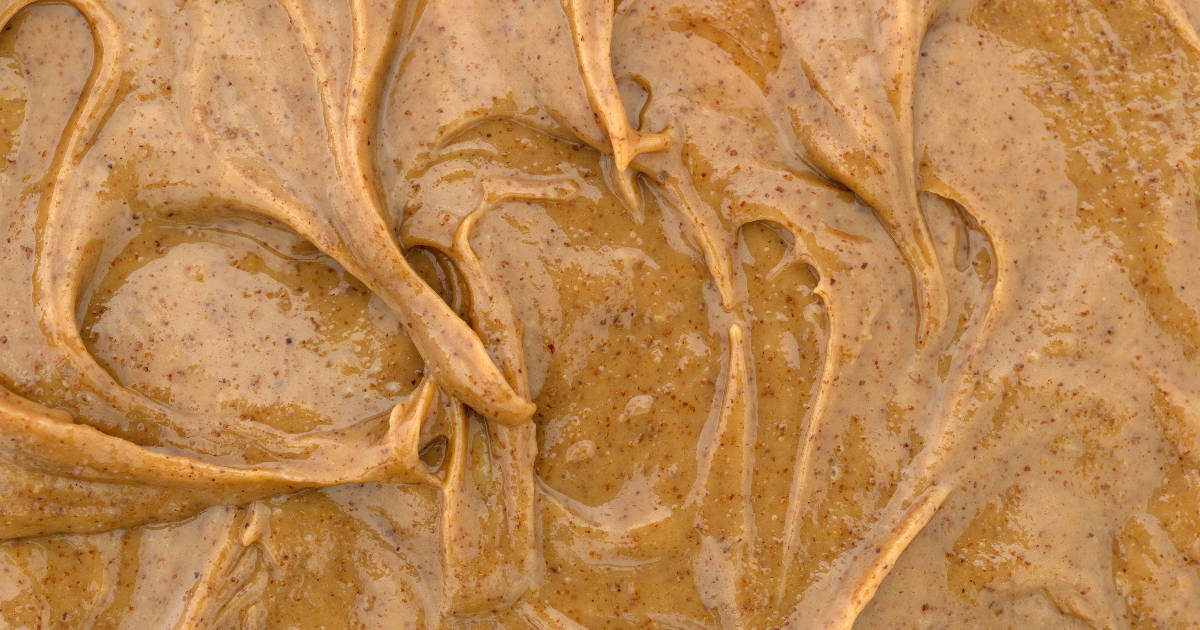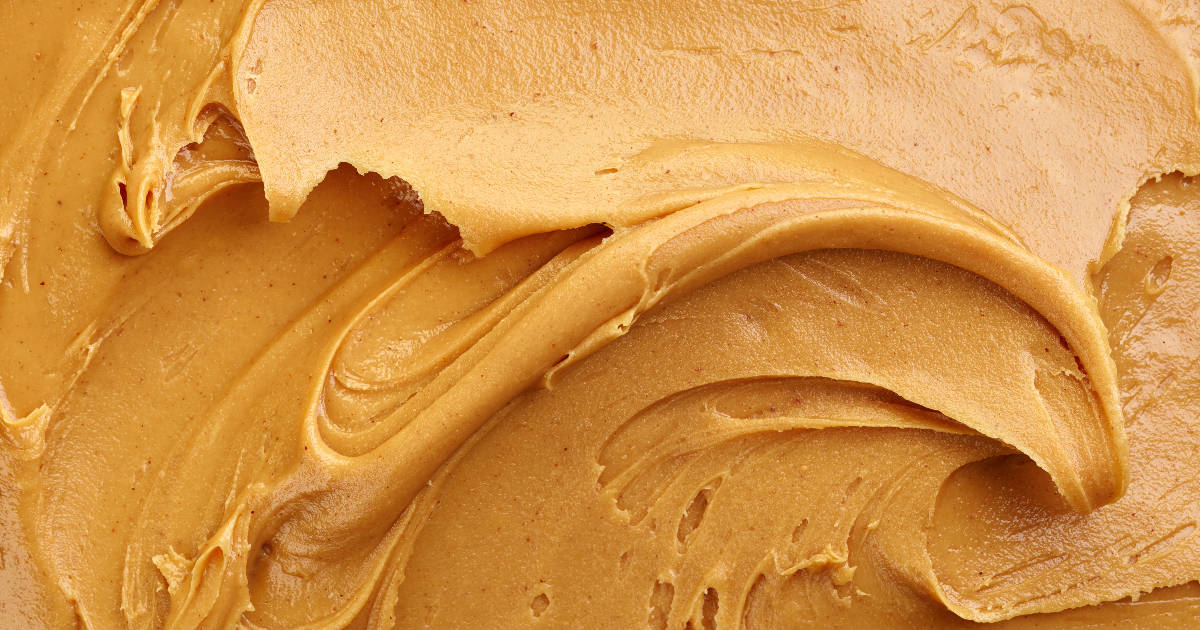Almond butter and peanut butter are two of the most popular nut butter options. But which one is better for you?

There's an ongoing debate between almond butter and peanut butter when it comes to nutrition and health benefits. While both make a tasty addition to your diet, there are some key differences between these nutritious spreads that are worth noting.
What Is Almond Butter?

Almond butter is made by finely grinding roasted almonds into a smooth, creamy paste. Raw almonds can also be used, but roasting helps intensify the nutty flavor.
The texture of almond butter can range from perfectly smooth to slightly grainy, depending on your preferences. It has a pleasant, nutty aroma and rich taste that's delicious paired with fruits, oats, or enjoyed straight out of the jar.
Almond butter is growing in popularity as more people discover its nutritional benefits. It makes a satisfying alternative to peanut butter if you have a peanut allergy or simply want to switch up your usual nut butter routine.
What Is Peanut Butter?

Peanut butter is a spread made from dry roasted peanuts that are ground into a paste. Salt is usually added for flavor along with a bit of vegetable oil to make it smooth and spreadable.
Peanut butter has been a beloved pantry staple for decades, known for its nostalgic, salty-sweet flavor. It comes in two main textures: creamy or chunky/crunchy.
Creamy peanut butter has a perfectly smooth consistency while crunchy varieties add extra texture with bits of crushed peanuts. Beyond the classic version, you can also find peanut butter in tons of tempting flavors like honey nut, and chocolate.
Comparing The Taste And Texture
Let's start with the basics - how do these two nut butter actually taste?
Almond butter has a richer, more intensely nutty flavor compared to peanut butter. It's aromatic with a pleasantly roast aroma. The texture can be ultra-smooth or have more of a coarse, grainy consistency depending on the almond variety and roasting method used.
Peanut butter has a more familiar flavor - that nostalgic roasted peanut taste. It's a bit sweeter and saltier compared to almond butter. The texture ranges from silky smooth to pleasantly crunchy.
Both make a delicious spread and each offers unique texture and flavor profiles to suit personal preferences. Almond butter is more intensely nutty while peanut butter offers classic comfort.
Peanut Butter vs. Almond Butter: Nutritional Profile
Here is where some key differences emerge in the almond butter vs. peanut butter debate. Let's look at the nutrition to see how they compare.
Calories
Almond and peanut butter have similar calorie density. There are about 100 calories in a one-tablespoon serving of either nut butter. Since they're high in fat and low in carbs, a small amount provides a lot of calories.
Winner: Tie
Protein
Peanut butter packs more protein than almond butter. You'll get nearly 4 grams of protein per tablespoon of peanut butter compared to about 3 grams of almond butter. Legumes like peanuts naturally contain more protein than tree nuts.
Winner: Peanut butter
Carbs And Fiber
Almond butter contains slightly fewer net carbs. A tablespoon has 3 grams of total carbs and 1.5 grams of fiber, compared to 3.5 grams total carbs and just under 1 gram of fiber in peanut butter. The extra fiber makes almond butter more satisfying.
Winner: Almond butter
Fat Content
While both contain mostly monounsaturated fats, almond butter provides more heart-healthy fats overall. A serving has 8.6 grams of monounsaturated fat compared to about 6 grams in peanut butter. Almond butter also contains omega-3s.
Winner: Almond butter
Vitamins And Minerals
This is where almond butter really pulls ahead. It contains much more vitamin E, calcium, magnesium, potassium, and iron compared to peanut butter. Almonds are among the most nutritious nuts, packed with antioxidants.
Winner: Almond butter
Sugar
You'll get 1 gram of naturally occurring sugar in a serving of almond butter versus about 2 grams in peanut butter. However, many commercial brands add extra sugar and salt. Check the labels and stick to all-natural nut butter without additives.
Winner: Almond butter
Potential Health Benefits Of Almond And Peanut Butter
Both nut butter are highly nutritious and linked to health perks when enjoyed in moderation as part of a balanced diet. Here are some of the top benefits of each tasty spread:
Almond Butter Health Benefits
- High in antioxidants that fight inflammation and oxidative stress
- Provides essential vitamins and minerals like vitamin E, magnesium, calcium, potassium and iron
- Rich in monounsaturated fats that support heart health
- Contains plant-based protein
- High in fiber to improve digestion and fuller for longer
- Linked to lower LDL cholesterol
Peanut Butter Health Benefits
- Packed with plant-based protein to support muscle growth and repair
- Good source of B vitamins like niacin, riboflavin, and folate
- Provides key minerals like magnesium, phosphorus, potassium
- High in heart-healthy fats and fiber
- Linked to reduced risk of heart disease when eaten in moderation
- Contains antioxidants like p-coumaric acid
Both make a healthy addition to your diet and provide different advantages. Incorporate them in moderation as part of an overall nutritious eating plan.
Risks And Precautions With Peanut And Almond Butter
While nutritious, there are some potential downsides of peanut butter and almond butter to keep in mind:
- High in calories - it's easy to overeat. Stick to a tablespoon serving.
- Allergies - peanut and tree nut allergies are common. Avoid if allergic.
- Mold risk - peanuts can contain traces of aflatoxin mold. Buy quality brands.
- Phytic acid - found in nuts, can impair mineral absorption in large amounts.
Both are very safe for most people when consumed in normal food amounts. But eat them in moderation as part of a healthy diet to avoid any potential risks.
Creative Ways To Enjoy Peanut And Almond Butter
Peanut and almond butter are endlessly versatile kitchen staples. Here are some delicious ways to work them into your diet:
- Spread on whole-grain toast or waffles
- Stir into oatmeal or chia pudding
- Blend into smoothies for extra nutrition
- Make homemade granola bars, energy bites, or cookies
- Swap for nut butter in Asian noodle dishes, stir-fries and curries
- Use as a dip for fresh fruit, pretzels, or celery sticks
- Mix into yogurt along with vanilla and cinnamon
- Spread on apple slices and top with raisins for "ants on a log"
- Make homemade almond butter cups or chocolate peanut butter fudge
Let your imagination run wild when using almond or peanut butter in recipes! They add nutrition, creaminess, and delicious flavor to both sweet and savory dishes.
Almond Butter vs Peanut Butter: Which Is Healthier Overall?
So what's the final verdict in the battle of almond butter vs. peanut butter?
Almond butter edges out peanut butter in terms of nutrition. It contains more antioxidants, vitamins, minerals, and healthy fats. Almond butter offers unique benefits thanks to the incredible nutrient profile of almonds.
However, peanut butter still brings a lot to the table when it comes to nutrition. It provides plant-based protein, fiber, potassium, magnesium, and healthy fats. Plus, it's significantly more affordable than almond butter.
At the end of the day, both can be part of healthy eating when enjoyed in moderation. Focus on choosing all-natural nut butter without added sugars or oils. Pay attention to your own nutritional needs and goals to decide if almond or peanut butter suits your diet best.
Or enjoy them both! Alternating between almond and peanut butter gives you nutritional variety. You can also mix them together for a tasty nut-butter blend.
FAQs
Which is healthier for weight loss, almond or peanut butter?
For weight loss, almond butter may have a slight edge due to its lower calorie count per serving plus higher fiber content. But both can support weight management when consumed in moderation as part of an overall healthy diet and active lifestyle.
Should I choose creamy or crunchy peanut butter?
This comes down to personal preference! Both creamy and crunchy peanut butter delivers all the same nutritional benefits. Crunchy provides some extra texture that makes it tasty paired with apples or on toast.
Can peanut or almond butter cause weight gain?
Eating too much of any food can lead to weight gain. The key is moderate intake. Enjoy a tablespoon or two of nut butter at a time alongside other nutritious foods as part of a balanced calorie-controlled diet to maintain a healthy weight.
Is it okay to give peanut or almond butter to my child?
Yes, in age-appropriate amounts! Both nut butter make a nutrient-rich addition to a child's diet. However, consult your pediatrician first since nut allergies can develop early. Supervise young kids to prevent choking.
Conclusion
Peanut and almond butter both deliver a hefty dose of nutrition in just one serving. While almond butter reigns supreme in terms of overall nutrition, peanut butter remains a budget-friendly choice that provides key nutrients.
Focus on choosing natural nut butter and enjoy them in moderation as part of an overall balanced diet. Spread on your favorite healthy snacks or get creative in recipes to reap the delicious benefits of these tasty nut-based spreads!

